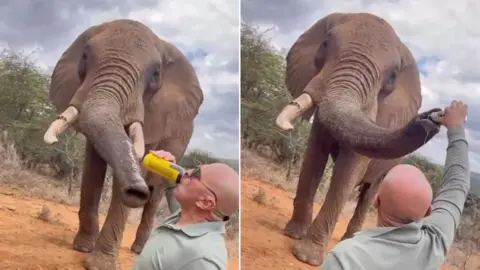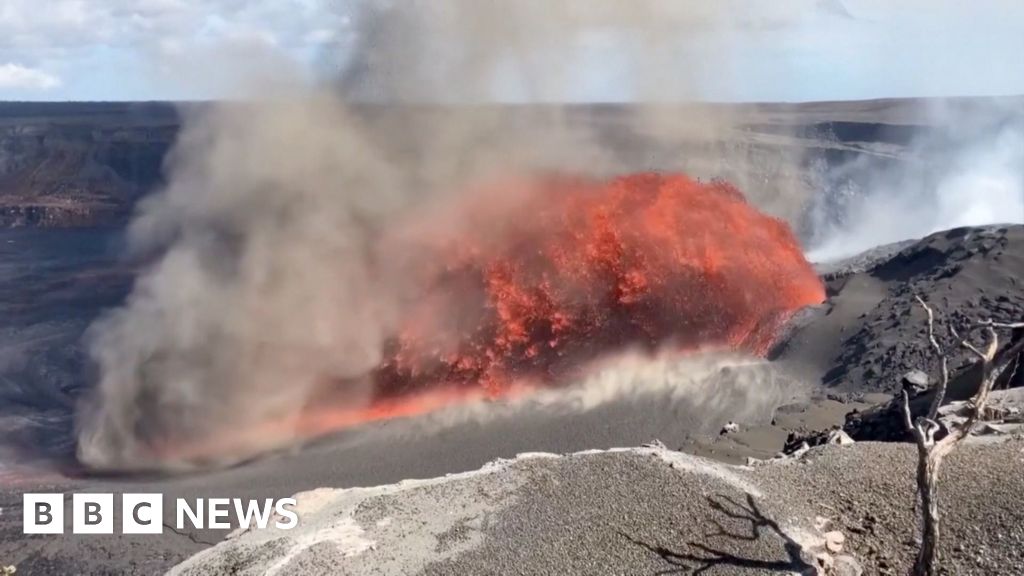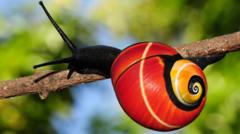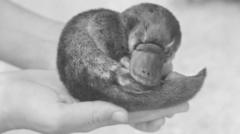In a pioneering effort to save the critically endangered Hawaiian crows, known as ʻalalā, five young birds have been reintroduced into a new habitat on Maui, marking a fresh approach after two decades of their extinction in the wild. The aviary door opened cautiously for the glossy black birds, which are part of a dwindling population of only about 110 left on Earth.
Past endeavors to reintroduce the ʻalalā to their native forests on the Big Island faced severe challenges, notably from predation by hawks. In an effort to provide a safer environment, research teams consisting of nonprofit organizations and government agencies have brought the crows to Maui, where it is believed they will be less vulnerable to such avian threats.
Alison Greggor, an ecologist with the San Diego Zoo Wildlife Alliance, highlighted the stakes of this release, saying, “They are shouldering all of the hopes of their species. They are the future.” This move is seen as a potential stepping stone towards eventually restoring the species to its original habitat.
Previous attempts at rewilding the ʻalalā were met with limited success, as significant predation events occurred despite extensive training for the birds. Between 2016 and 2019, 30 crows were released on the Big Island, yet many succumbed to their predators. The last surviving five crows were returned to captivity in 2020.
The shift to Maui aims to mitigate the risks posed by hawks while offering an opportunity for the crows to adapt and thrive in the wild again. As the world watches, this new strategy could reshape the future of the ʻalalā, providing hope for their eventual reinstatement in their native ecosystems.




















